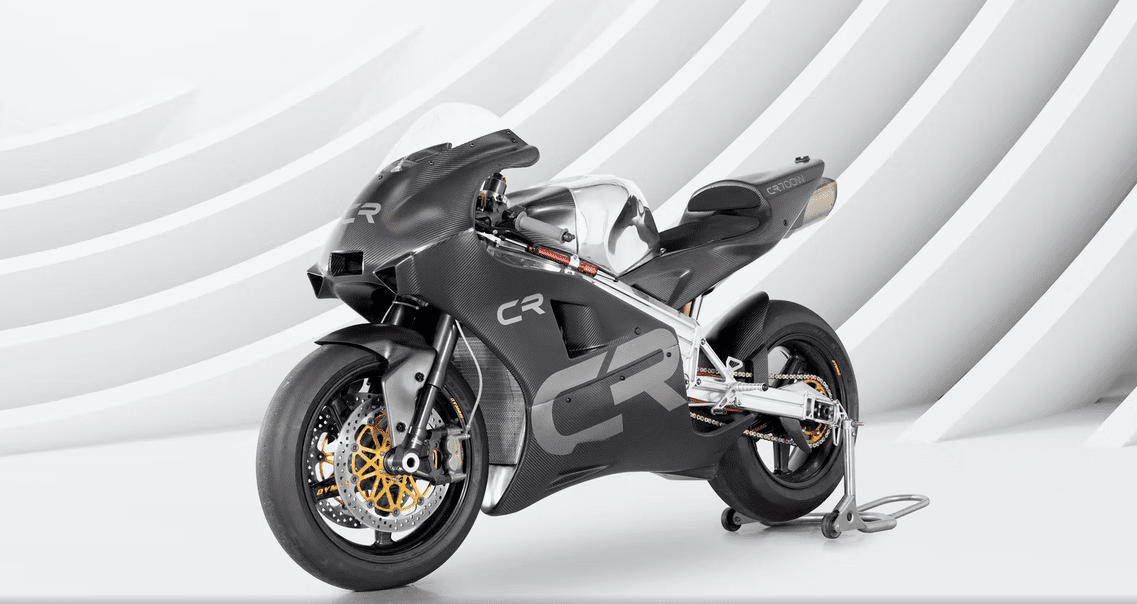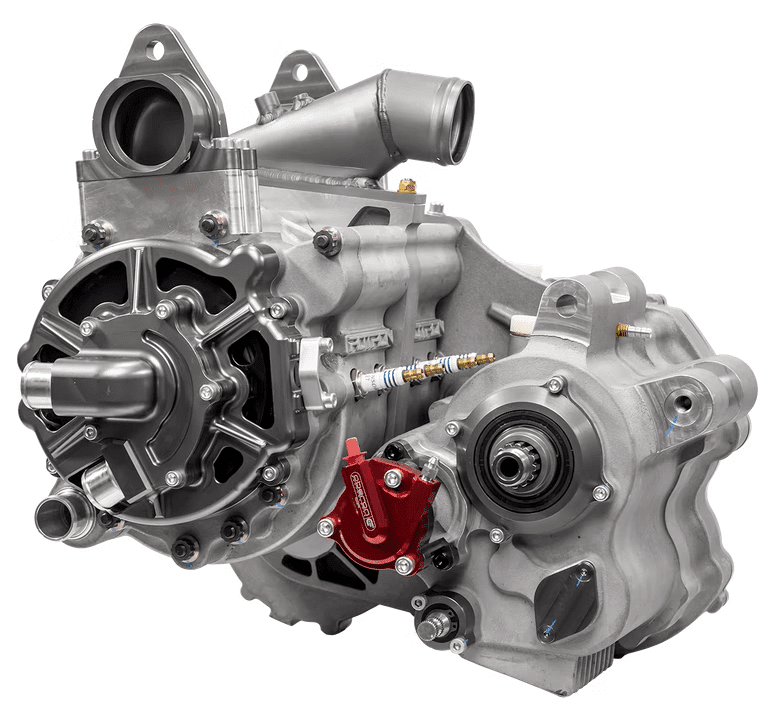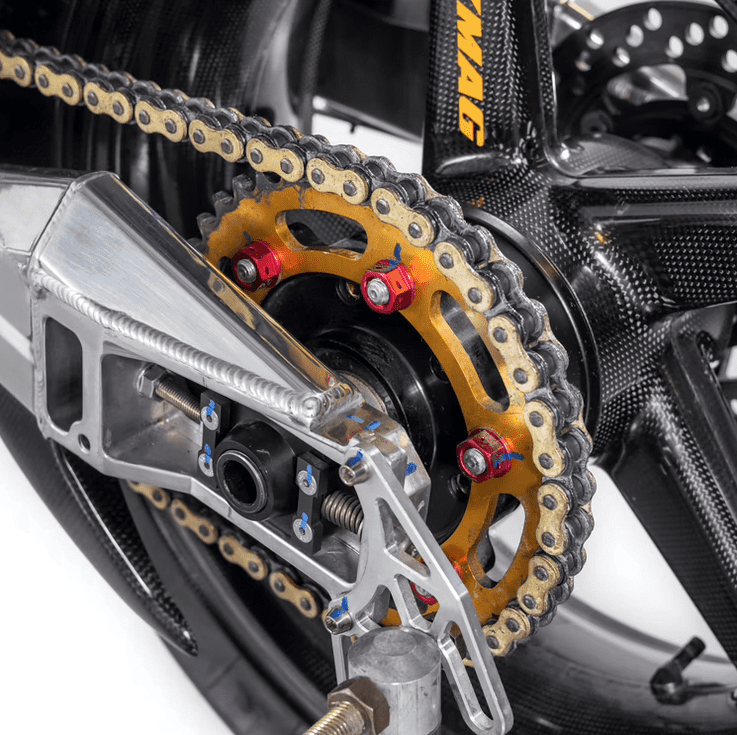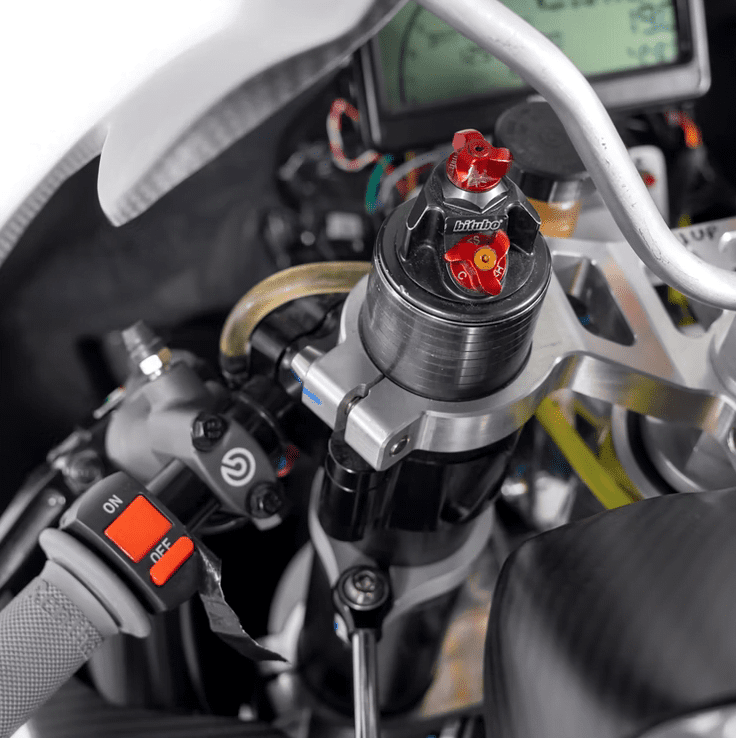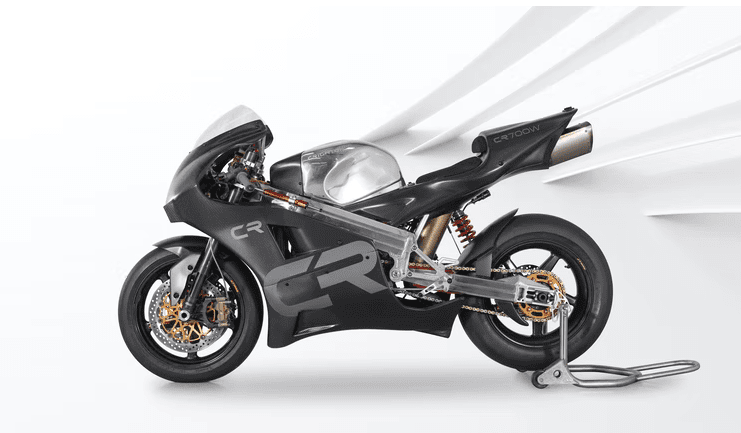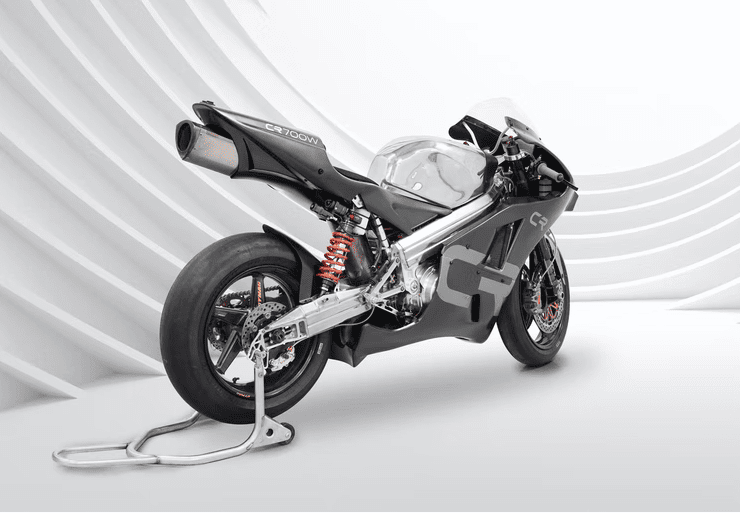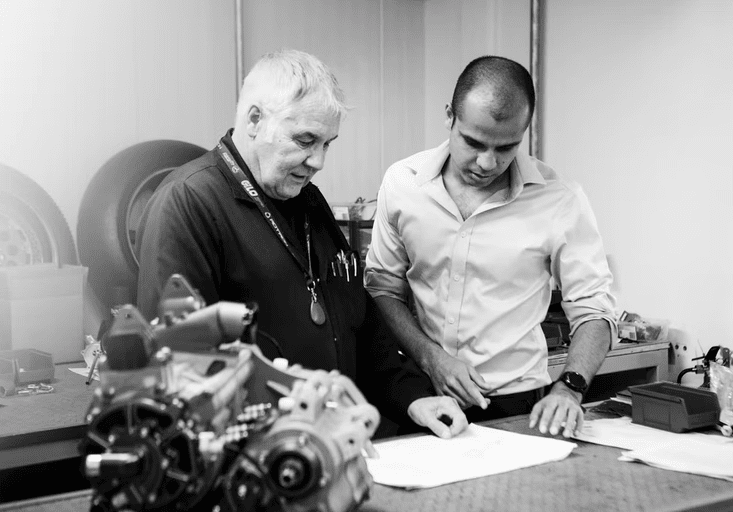A non-bike person’s perspective of this insanely brilliant engineering.
Norton, Suzuki, Yamaha, Kawasaki and I’m probably missing some, but those brands used rotary engines at some point in their motorcycles. Nowadays I can’t stop hearing the name Crighton, which doesn’t ring a bell, as I’m a person who’s barely familiar with the existence of motorcycles. So I wondered, what makes this Crighton so special. Well . . after having a long look at all the details, I’m impressed enough to actually write a few words about it. Purely from my perspective.
The man behind the company, Brian Crighton was the person behind Norton’s rotary glory days. He was the first to realise Norton’s 588cc rotary’s potential and after tweaking it a bit to up the power, he singlehandedly convinced the R&D department that it’s worth racing a rotary bike by going to the MIRA test track with it and recording 170 mph top speed. Brian had a good point, because the bike won a race only on its second ever outing.
His predictions came true, because he was promoted to a Senior Engineer and his rotary racing bike won both the 750cc Supercup Championship and the British F1 title in 1989. The success brought a sudden change in the high-ranking positions at Norton, but the Crighton’s rotary madness continued into the 90s with a dominant and commanding 1993 season championship. Fast forward to nowadays and Brian has been hard at work behind closed doors for the past years, quietly developing a monster.
What Crighton saw in the rotary back then was the ultimate realisation of the perfect motorcycle engine. If done properly, the small rotary can provide a lot of power and deliver it in a very linear fashion. All of that from a small and lightweight engine block. It was the perfect track weapon! And today Brian Crighton is able to fully deliver his vision of that racing motorcycle, bearing his own name.
For my untrained eye, the Crighton CR700W looks quite ordinary – nothing out of order, the way most bikes looks. But beneath the skin lays a hidden dragon, waiting to be unleashed. At a mere 690cc, the twin-rotor engine produces 220 hp! That calculates to the impressive 319 hp per litre – well within MotoGP territory! What’s even more impressive though is the weight of the engine at a featherweight 24 kg and coupled with its bespoke gearbox, only 46 kg.
Adding to the stunning numbers is the dry weight – just 129.5 kg which combined with 220 hp means more than one horsepower per kilogram. For the sake of comparison, a Ducati Superleggera V4 weighs 152 kg, so not so Superleggera by Crighton’s standards. Of course, the engine is not the only culprit for the lean measurements. The chassis is made of 7000 series aluminium alloy, the wheels are made of carbon fibre, the exhaust is made out of titanium and the cooling pump is both fully integrated, and shaft-driven.
Being rotary-driven means it’s expected to be a bit more fuel-hungry, but then what is fuel-hungry on a bike? It’s not like a two tonne car . . I mean how much more fuel can it use? No, I’m seriously asking, because I’m not a bike person, remember?! Big deal, a little bit more petrol – who cares when you can theoretically outrun pretty much everything on the road.
But the motorcycle itself is not the only mouth-watering thing out there. The prices starts from £85,000 and then there’s the exclusivity. Only 25 motorbikes would be hand-built with the personal involvement of Brian Crighton and his 40+ years of racing bike expertise. Even I, as a non-bike person can appreciate that. What about you?

